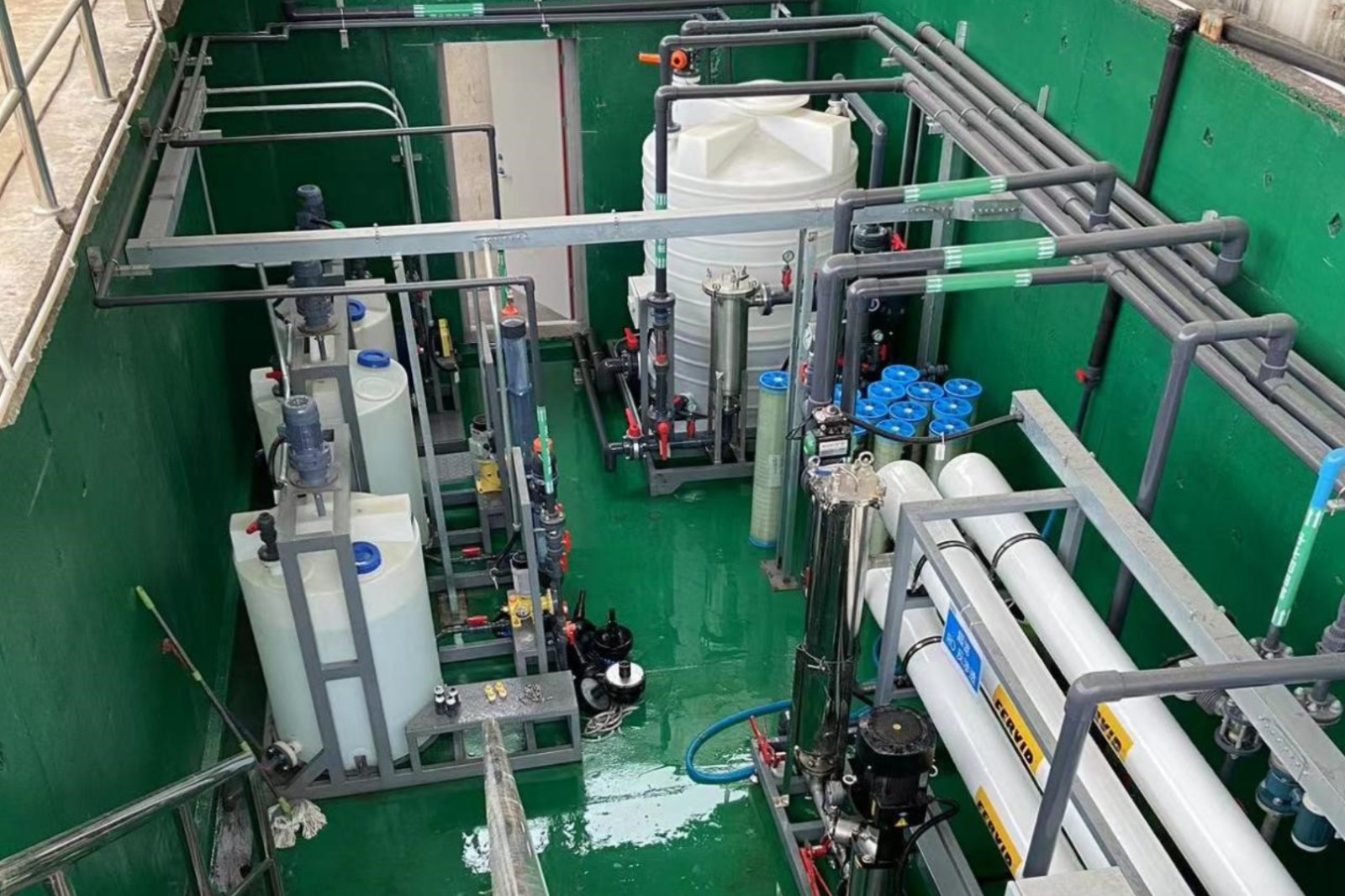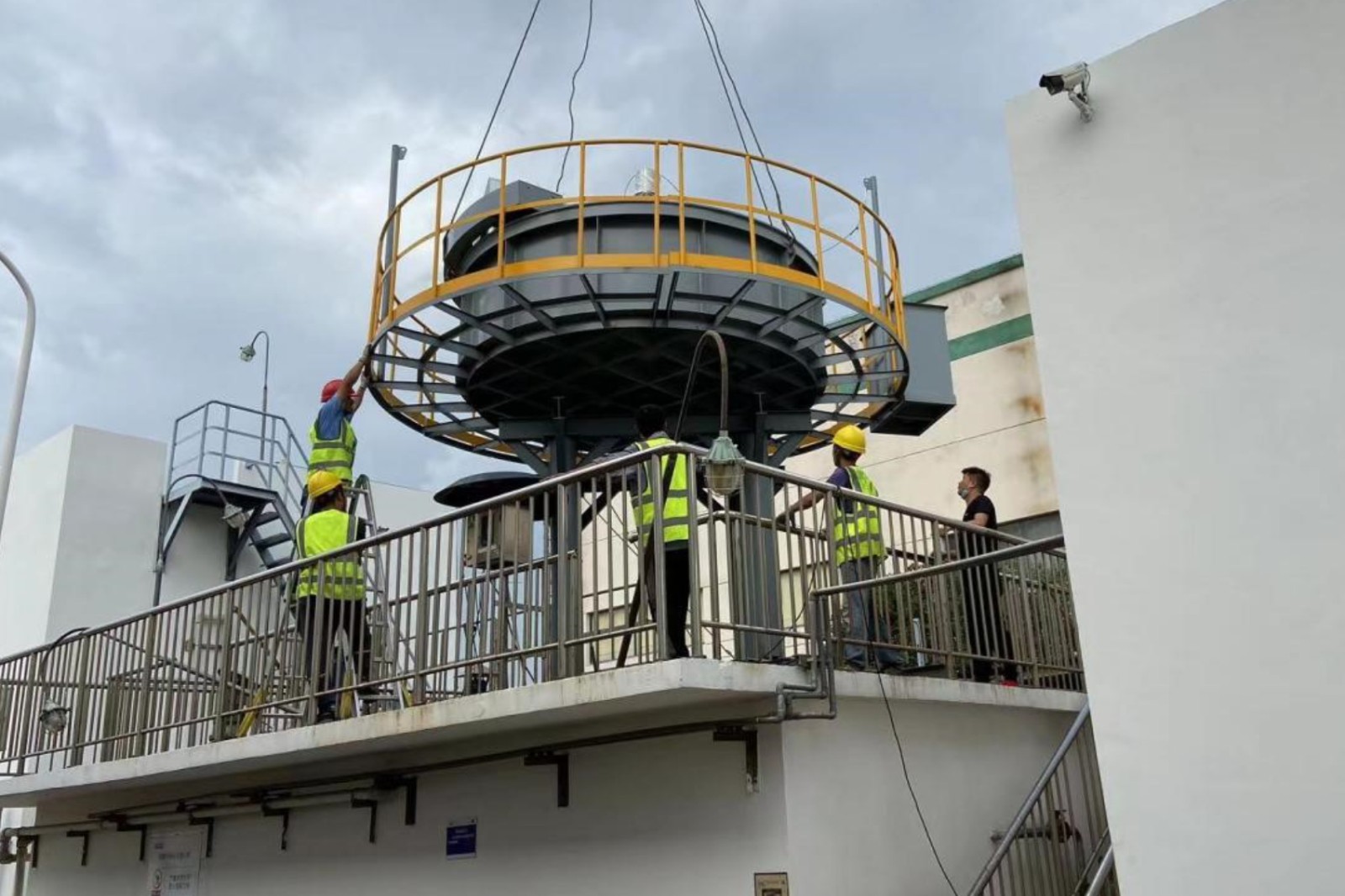Application Overview
Banknote printing industry is an indispensable industry for a country, while the large amount of ink wastewater generated during the production process of this industry cannot be ignored. Ink wastewater with deep color, high rates of pH, solids content and chemical oxygen consumption, is over 500~1000 times more than the wastewater discharge standards. It is difficult to treat this wastewater and direct emission will seriously pollute the environment. At the same time, ink wastewater contains a lot of active ingredients, such as surface active agents (Pacific oil), NaOH, etc., which can to be recycled and cost saving. The traditional chemical flocculation wastewater treatment, biological treatment or their combination not only consume a large amount of acid and flocculant agents, also has a big food footprint with poor results. Also, the most important is, the useful material can not be recycled and result in avoidable waste.
When applying special tubular membrane to treat ink wastewater, wastewater directly flow into the membrane without pretreatment.
With high concentration rate, 90% the active ingredient can be recycled. Membrane ink wastewater treatment application has good prospects in printing industry because of its high regeneration performance, long service life, automatic control feature and low labor intensity.
Process Diagram

Advantages
1. Special tubular membrane with features of strong anti-fouling, acid and alkali resistance and oxidation resistance.
2. No flocculation and other chemical treatment, less pollutants.
3. Surface active agent (Pacific oil), NaOH, etc, can be recycled.
4. Permeate has high recovery value, which can help reduce the production cost.
5. Higher membrane flux, not easy to clog and long service life.
6. Backwash is not required, only periodic chemical cleaning, CIP is easy and convenient.
7. Automatic control system, easy operation.


Application Overview
Banknote printing industry is an indispensable industry for a country, while the large amount of ink wastewater generated during the production process of this industry cannot be ignored. Ink wastewater with deep color, high rates of pH, solids content and chemical oxygen consumption, is over 500~1000 times more than the wastewater discharge standards. It is difficult to treat this wastewater and direct emission will seriously pollute the environment. At the same time, ink wastewater contains a lot of active ingredients, such as surface active agents (Pacific oil), NaOH, etc., which can to be recycled and cost saving. The traditional chemical flocculation wastewater treatment, biological treatment or their combination not only consume a large amount of acid and flocculant agents, also has a big food footprint with poor results. Also, the most important is, the useful material can not be recycled and result in avoidable waste.
When applying special tubular membrane to treat ink wastewater, wastewater directly flow into the membrane without pretreatment.
With high concentration rate, 90% the active ingredient can be recycled. Membrane ink wastewater treatment application has good prospects in printing industry because of its high regeneration performance, long service life, automatic control feature and low labor intensity.
Process Diagram

Advantages
1. Special tubular membrane with features of strong anti-fouling, acid and alkali resistance and oxidation resistance.
2. No flocculation and other chemical treatment, less pollutants.
3. Surface active agent (Pacific oil), NaOH, etc, can be recycled.
4. Permeate has high recovery value, which can help reduce the production cost.
5. Higher membrane flux, not easy to clog and long service life.
6. Backwash is not required, only periodic chemical cleaning, CIP is easy and convenient.
7. Automatic control system, easy operation.

